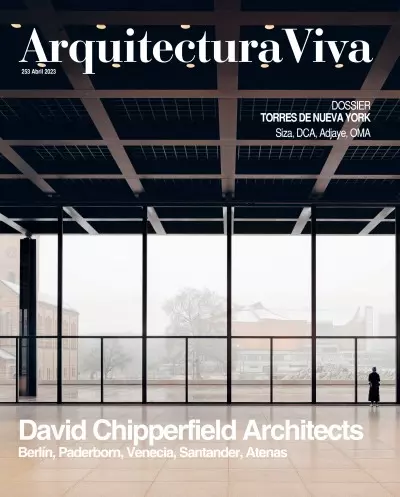

Beijing, China
An everyday universe with echoes of Taoist cosmology and Confucian hierarchy, the Chinese courtyard-house has for thousands of years been the archetype that organizes family life. Although in the last century it had detractors who found it obsolete a
A sanctuary is buried under a mound, preserving the beautiful riverside scenery around it and creating an intimate atmosphere conducive to meditating in harmony with nature. With the objective of not felling any of the trees on the site, the project
Bringing contemporary life into this traditional courtyard without diminishing memory was the objective of a project fundamentally pursuing dialogue between past and present. Located in a typical alley or hutong in old Beijing, the construction falls
The project involved renovating a siheyuan – a historical Chinese type of residence – located in Beijing’s Dongcheng District. Originally there was a group of unconnected volumes under a flat roof, a rare feature in constructions of this kind, charac
Organized around a central courtyard, the four enclosed pavilions that make up this building for the processing of organic food are covered with translucent polycarbonate panels.
The renovation of this Siheyuan-style residence is carried out using a gray brick pavement that curves to generate walls and ceilings and to produce a dynamic connection between indoors and outdoors, as well as to separate auxiliary spaces... [+]
Modern spaces are combined with traditional types and materials in a tea café built over several houses dating back to the Qing dynasty and located in an old ‘hutong’ of Beijing.

